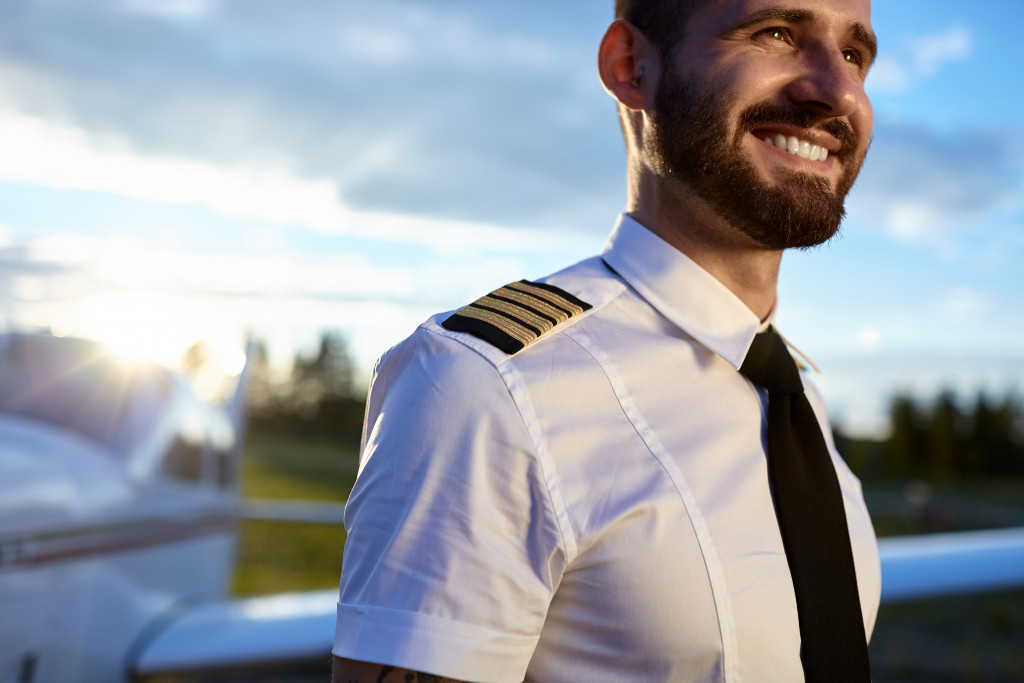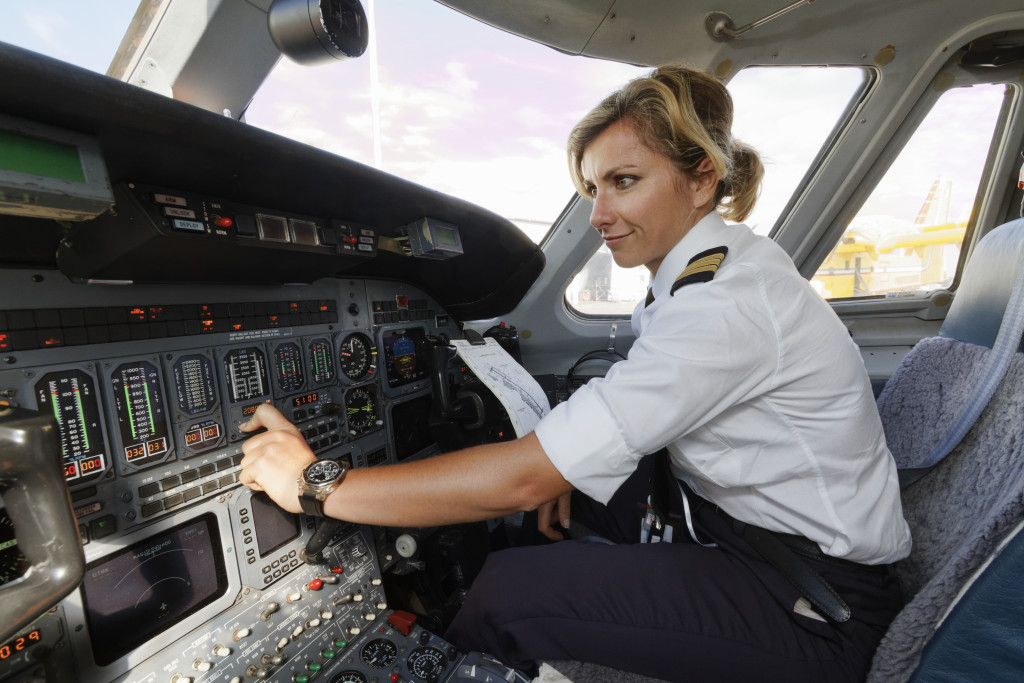The aviation industry is shrouded in mystery and misconceptions. Many people don’t understand the science behind it or the strict regulations that govern it, which can lead to some interesting myths.
Sadly, in today’s digital era, many people still believe that the industry is outdated and dangerous. Nothing could be further from the truth: aviation technology has seen immense advancements in recent years, resulting in a much safer and more efficient industry.
This blog post will debunk some of the most common myths about aviation so you can better understand the industry.
Planes fly because of their engines
Many passengers may be under the impression that planes fly because of their wings alone, but that is not true. In reality, it is thanks to the powerful engines that enable aircraft to take to the sky. Most planes use turbofan engines, which provide lift through a combination of thrust from the jet exhaust and an additional component from the fan at the front of the engine.
This combination of tasks helps create suction over top of the wings, allowing air to flow faster over them than beneath them; when physics applies its laws of motion correctly, this produces lift and enables flight!
While it’s easy to presume that existing technology must be responsible for humans achieving such heights in travel – and indeed it is – much credit should go to Mother Nature as well for defining these physics-based principles centuries ago.
Pilots Make a Lot of Money

It is commonly believed that pilots make a lot of money, but sadly this thought is only a myth. Some senior airline captains can earn very good salaries, but most do not make nearly as much as people think.
The truth is that piloting has become a more complex and expensive proposition. Pilots have to pay for more training throughout their careers, and advancements require extra licensing requirements, increasing recruitment and overall operating costs.
However, while the vast majority of pilots will never be millionaires like some people assume they will be, they can still make a good living. Most enjoy the perks of being an airline captain, such as flight benefits and discounts.
Planes Need Perfect Weather to Fly
It may surprise you to know that planes can fly just fine in less-than-perfect weather conditions—even if they encounter heavy winds or rain during their journey! The reason is due to modern advances in aircraft design and technology; commercial airplanes are designed to withstand adverse weather conditions and can be steered around storms with ease thanks to their sophisticated navigation systems.
In addition, aircraft lighting is very different from car lights and have been designed to help pilots navigate in foggy and low-visibility conditions. In fact, planes can take off in snowstorms with the help of their powerful engines and specialized anti-icing systems installed on wings and other parts of the aircraft.
Pilots have to be super strong to fly a plane
Contrary to popular belief, being a pilot does not require extraordinary strength. Routinely flying an aircraft does not require physical stamina, because the plane is controlled by mechanical instruments and computers, which handle most of the hard work.
Pilots need to possess coordination, concentration, and excellent decision-making or problem-solving skills in order to fly a plane safely from one point to another. Sure, there are some scenarios where physical strength may be necessary, such as pressing against a yoke during turbulence or reaching for difficult access controls.
But that’s why proper training is key — with both technical instruction in classrooms and simulator practice — so that pilots can be well prepared if any unexpected events arise in the skies.
Flying Is Unsafe
Another common myth is that flying is unsafe or unreliable. In reality, however, air travel is one of the safest modes of transportation available today. According to data from Boeing Commercial Airplanes, your odds of being involved in a fatal accident on an airplane are 1 in 8 million!
That makes flying nearly 20 times safer than driving in a car, which has odds of 1 in 438 thousand! So if safety is your primary concern when traveling, you can rest assured knowing that air travel is one of the safest ways to go.
The Bottom Line
We hope this post helped clear up some common myths about aviation and gave you insight into how planes work! Remember – while planes do rely on engines for propulsion, they ultimately fly thanks to air pressure and lift created by their wings. Pilots also don’t need superhuman strength; modern aircraft use control surfaces operated by electric motors or hydraulics. And lastly, while airplanes are protected from lightning strikes by specialized systems, most airlines will avoid flying through thunderstorms whenever possible for safety reasons.

